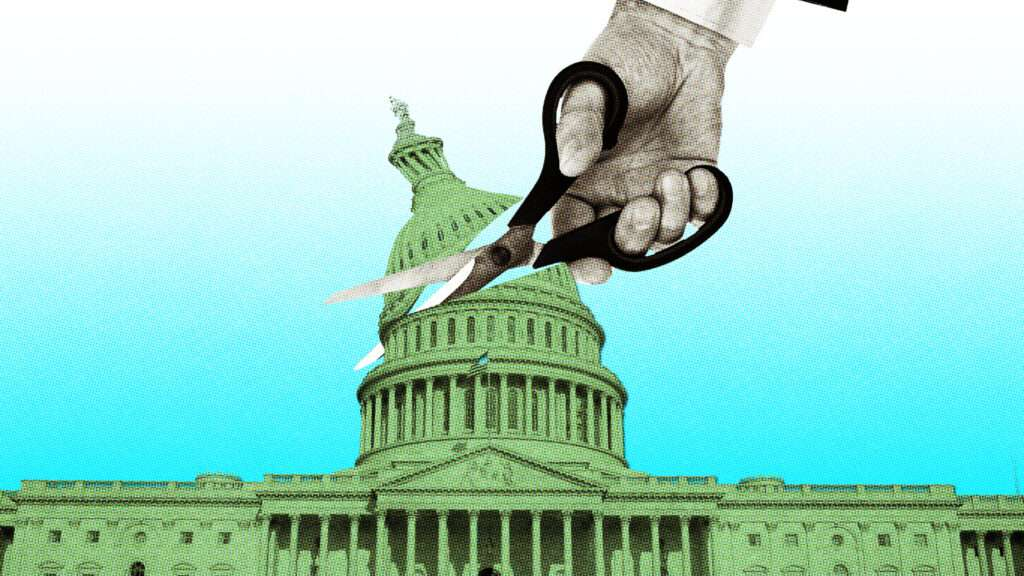Balancing national budgets is a challenge that every government faces. As economies shift and public needs grow, the debate over tax reform and public spending becomes increasingly important. Should governments cut budgets to reduce debt, or should they invest more in public services to stimulate long-term growth?
This ongoing conversation isn’t just about numbers—it’s about shaping a nation’s future. In this article, we’ll explore the main arguments on both sides, the challenges involved, and the potential paths forward for building a balanced, sustainable economy.
Why Tax Reform and Public Spending Are Critical
Governments collect taxes to fund essential services—like healthcare, education, transportation, and public safety. How that money is collected and spent affects not only the economy but the quality of life for millions of people.
The core issue in the debate is simple: how can governments meet the growing demand for public services while keeping national debt under control? This question lies at the heart of decisions on tax reform and public spending policies.

The Argument for Budget Cuts and Spending Reduction
One side of the debate argues that government spending needs to be controlled to avoid dangerous levels of debt. Proponents of budget cuts believe that excessive public spending leads to long-term financial instability.
Reasons to Cut Public Spending
- Reducing budget deficits: When governments consistently spend more than they collect in revenue, deficits pile up and lead to debt.
- Lowering interest payments: The more debt a country holds, the more it spends on interest—money that could go to essential services or economic development.
- Boosting investor confidence: High debt levels can affect a country’s credit rating, scare off foreign investors, and weaken the national currency.
In times of economic crisis, such as the European debt crisis, some governments responded with strict budget cuts known as austerity measures. While these actions helped reduce deficits, they also sparked public backlash due to reduced social services, job losses, and economic slowdowns.
The Case for Investing in Public Services
The other side of the debate believes that government spending, when used wisely, is a powerful tool for economic growth. Rather than cutting budgets, this approach focuses on investing in the future.
Benefits of Increased Public Investment
- Stronger education systems: Investment in schools and training programs leads to a more skilled and productive workforce.
- Improved healthcare outcomes: Better access to healthcare ensures a healthier population and reduces long-term medical costs.
- Enhanced infrastructure: Roads, bridges, public transport, and digital networks support economic activity and attract investment.
Advocates for public investment argue that government spending should not be viewed solely as a cost but as a driver of growth. When used strategically, public spending can increase demand in the economy, create jobs, and ultimately lead to higher tax revenues.
Tax Reform: Who Pays and How Much?
Closely linked to public spending is the issue of how taxes are collected. Tax reform is about designing a system that is fair, efficient, and capable of meeting the country’s financial needs.
Key Tax Reform Strategies
- Progressive taxation: A system where higher earners pay a larger percentage of their income in taxes.
- Corporate tax fairness: Ensuring that large companies contribute their share by closing loopholes and reducing tax avoidance.
- Simplifying the tax code: Making the tax system more transparent and easier for individuals and businesses to understand.
The goal of tax reform is to build a system that funds necessary public services while encouraging economic activity. Striking this balance is difficult, especially in economies with rising inequality or complex tax codes.
Finding a Middle Ground
Extreme policies on either side—deep spending cuts or unchecked public investment—can lead to negative consequences. Most experts agree that a balanced approach is needed to support both economic growth and fiscal responsibility.
Strategies for Balanced Fiscal Policy
- Prioritize high-impact spending: Invest in areas that deliver long-term economic benefits, such as infrastructure and education.
- Improve tax collection: Strengthen systems to reduce tax evasion and increase efficiency in revenue gathering.
- Set debt management goals: Use rules or benchmarks to limit excessive borrowing and maintain financial discipline.
- Review and adapt policies: Regularly assess public programs to ensure funds are being used effectively and adjust policies as economic conditions change.
Governments don’t need to choose between growth and sustainability. With careful planning and smart policies, they can pursue both goals at the same time.
Global Approaches to Tax and Spending Policy
Different countries have adopted a range of strategies when it comes to tax reform and public spending, offering valuable lessons and comparisons.
United States
The U.S. government has implemented both tax cuts and major spending programs in recent years. While infrastructure investments are seen as positive for long-term growth, rising federal debt remains a major concern among policymakers.
United Kingdom
After a decade of austerity following the global financial crisis, the UK has gradually shifted toward greater investment in public services. Tax policy remains a hot topic, with debates around fairness, efficiency, and how best to support public services.
Nordic Countries
Sweden, Norway, and Denmark are often cited as examples of economies that combine high taxes with strong social welfare systems. While citizens pay more in taxes, they receive high-quality public services and enjoy low levels of inequality and high public trust.
These examples show that different models can work depending on how well they are managed and how effectively tax money is used.
Current Challenges Facing Governments
The debate over tax reform and public spending is more urgent than ever due to new and growing challenges.
Key Issues on the Horizon
- Inflation and rising interest rates: These increase the cost of borrowing and make it harder to finance deficits.
- Aging populations: More retirees mean more spending on pensions and healthcare, putting additional pressure on public finances.
- Climate change and green investment: Transitioning to a low-carbon economy requires substantial public investment, from renewable energy to sustainable infrastructure.
Each of these challenges adds complexity to budget decisions. Governments must find ways to invest in the future while keeping their finances under control.

Why This Matters to Citizens
Decisions on taxes and public spending affect everyone, not just economists and policymakers. The roads we drive on, the schools our children attend, the hospitals we rely on—all depend on how governments choose to manage money.
Understanding these issues helps citizens participate in public debates, make informed voting decisions, and hold governments accountable.
How to Stay Informed and Involved
- Learn how your taxes are spent and how government budgets are set
- Follow budget announcements and proposed tax reforms
- Ask local leaders how they plan to balance economic growth with fiscal responsibility
Public involvement is crucial for shaping fair and sustainable financial policies.
Conclusion
The debate over tax reform and public spending is not going away anytime soon. As governments face rising demands, economic uncertainties, and global challenges, the choices they make today will shape the economic health of their countries for years to come.
A balanced approach—one that combines responsible spending, fair taxation, and long-term planning—offers the best path forward. With thoughtful policies and public engagement, it is possible to support economic growth while ensuring fiscal sustainability.
Do Follow USA Glory On Instagram
Read Next – CDC Vaccine Schedule Political Pressure Erodes Public Trust






